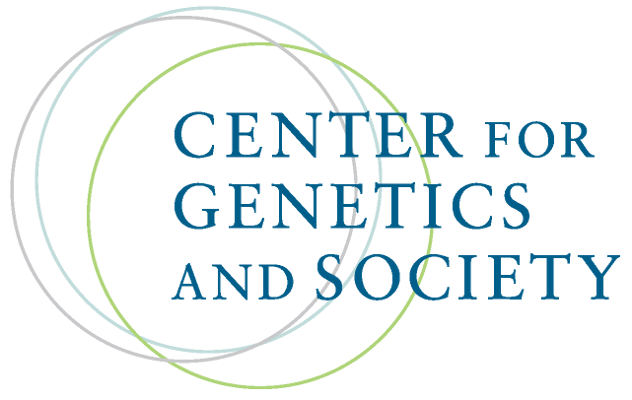The Gatekeeper
By Kara Platoni,
East Bay Express
| 02. 28. 2007
In 1999, French investigators undertook a daring experiment. Their patients were eleven children with a devastating immune system disorder called X-SCID, popularly known as "bubble boy" disease. Born with a genetic defect related to the development of certain types of white blood cells, the children were vulnerable to severe, chronic infections and would probably have died young. The experiment was an attempt at a new solution - gene therapy. Doctors inserted properly functioning genes into the children's own dysfunctional sequences. At first, it worked wonderfully: nine of the eleven children developed normally functioning immune systems. But within a few years, three had developed leukemia. What had gone wrong?
As it turned out, it was not enough to insert the good genes - it also mattered where they landed. In three of the eleven cases, the new gene's location triggered another gene, an event that led to the leukemia. It was a horrific example of how imprecise targeting could have catastrophic real-world results. In response to the French experiment, the US Food and Drug Administration placed a temporary "clinical hold" on...
Related Articles
A Review of Exposed by Becky McClain
“Do not get lost in a sea of despair. Be hopeful, be optimistic. Our struggle is not the struggle of a day, a week, a month, or a year, it is the struggle of a lifetime. Never, ever be afraid to make some noise and get in good trouble, necessary trouble.”
— John Lewis
Becky McClain became famous when she successfully sued Pfizer, one of the very largest pharmaceutical and biotech companies. She...
By Josie Ensor, The Times | 12.09.2025
A fertility start-up that promises to screen embryos to give would-be parents their “best baby” has come under fire for a “misuse of science”.
Nucleus Genomics describes its mission as “IVF for genetic optimisation”, offering advanced embryo testing that allows...
By staff, Japan Times | 12.04.2025
Japan plans to introduce a ban with penalties on implanting a genome-edited fertilized human egg into the womb of a human or another animal amid concerns over "designer babies."
A government expert panel broadly approved a proposal, including the ban...
By David Jensen, The California Stem Cell Report | 12.11.2025
California’s stem cell and gene therapy agency today approved spending $207 million more on training and education, sidestepping the possibility of using the cash to directly support revolutionary research that has been slashed and endangered by the Trump administration.
Directors...



